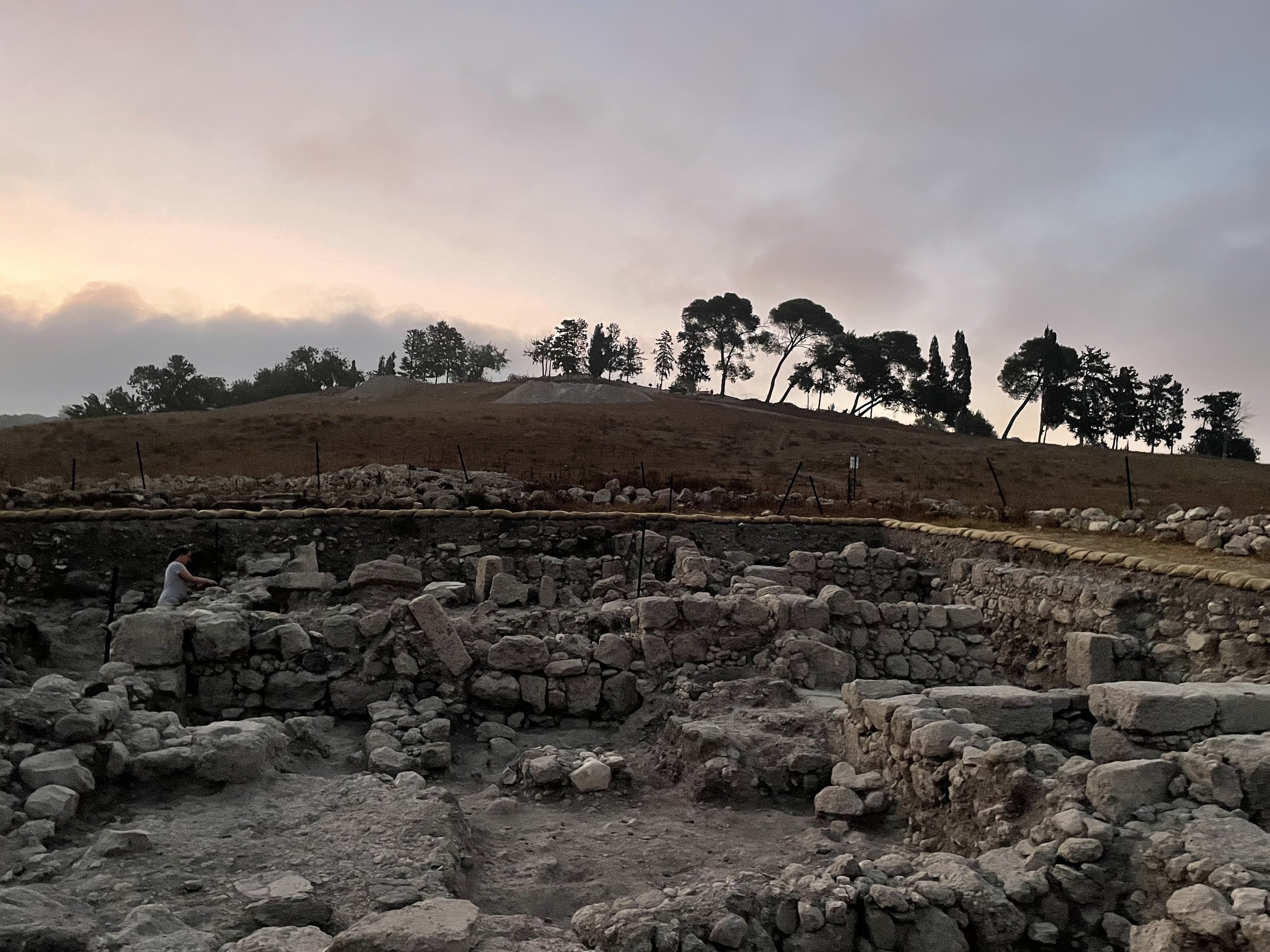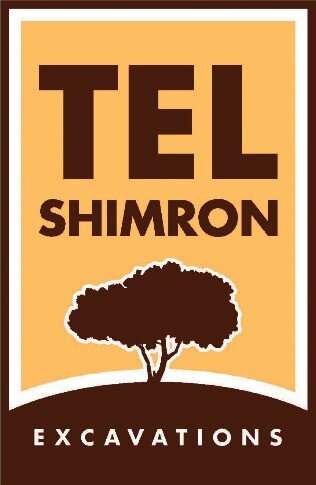
Islamic Period Research Questions
By Tracy Hoffman
Little is known about Islamic period Tel Shimron (Shemunieh). Medieval sources, including Muqaddasi, Usama ibn-Munqidh and Mamluke documents, are largely silent. In the absence of excavation and documentation in texts, Portugali’s survey of the site currently offers the best information on Tel Shimron in the Islamic period (1982). He identified two settlements; the first, he characterized as a farmstead approximately 3.9 dunams in size dating to the “Early Arab period.” This farmstead marked a substantial retraction from the preceding Byzantine period occupation which, according to the survey, stretched across a 78.3 dunam area. The second settlement was a Mamluke period village measuring 12.8 dunams in size which Portugali hypothesized overlay Crusader occupation. According to the survey, settlement in the Islamic period centered on Shelf V, an area near the center of the site.
Basic Historical Sequence: Excavation of Islamic period Tel Shimron will seek, first and foremost to establish the occupational sequence of the site from the mid-seventh century through the Ottoman period. Of particular interest in the sequence will be the Byzantine-Early Islamic transition. Gideon Avni recently argued that many surveys and excavations of sites in Palestine have overlooked or misidentified continuity in settlement from the Byzantine into the Islamic period, continuity that extends into the 8th, 9th, and even 10th centuries (2014). Because the surveys indicate such a radical transformation of Tel Shimron during this period, it is critical to establish a precise chronology. This can be done only with the recovery of closed numismatic and ceramic assemblages in precise stratigraphic superposition. Additionally, Portugali argued that the site expanded again to reach another peak in the Mamluke period. The precise date of this expansion was unclear in surveys as was the relationship of the site to the Crusader kingdoms. All of these fundamental aspects of the site will be revealed within the first few seasons of excavation.
Understanding Coastal Influence: In addition to establishing the general occupational sequence, Tel Shimron is also a key site for understanding the oscillations of coastal influence in the Jezreel valley. We would expect heavy coastal influence in the Byzantine period, but by the Early Islamic period, the Mediterranean was held by a hostile power and may have forced the site to turn inward (Walmsley 2007). The same dynamic persists in the westward orientation of the Crusader period and the more insular perspective of the Mamluke period (Boas 1999, Sharon 1995). Because of the relatively robust textual record in the Islamic period, the correlations between coastal influence and site size will act as a template for earlier periods.
Populations at Tell Shimron: It was common in the Islamic period for inland villages to be dominated by a single faith group. In the Roman period, a thriving Jewish community is mentioned at the site (see above). In later periods, the hills around Shimron were inhabited by a collection of Christian and Muslim communities (e.g. Sinnabra, Yoqne’am, Ramat Yishay, Tamra, Tiberias), and Tel Shimron, at the intersection of hill and valley, has typically been on a border zone between communities. We will investigate its orientation in the Islamic period by seeking to locate a public building which has been variously identified as a Church (Guérin 1880, Albright 1925) or synagogue (Ilan 1991). Excavation of this building will begin an exploration of the religious affiliation of Tel Shimron’s inhabitants in the Islamic Period.
Bibliography
Albright W.F. 1925. Bronze Age Mounds of Northern Palestine and the Hauran: The Spring Trip of the School in Jerusalem. BASOR 19:5–19.
Avni, G. 2014. The Byzantine-Islamic Transition in Palestine: An Archaeological Approach. Oxford: Oxford University Press.
Boas, A. J. 1999. Crusader Archaeology: The Material Culture of the Latin East. London: Routledge.
Guérin, V. 1880. Description géographique, historique et archéologique de la Palestine. Troisiéme partie—Galilée. Tome I. Paris.
Ilan Z. 1991. Ancient Synagogues in Israel. Tel Aviv (Hebrew).
Portugali, Yuval. 1982. “A Field Methodology for Regional Archaeology (The Jezreel Valley Survey, 1981).” Tel Aviv 9/2: 170–88.
Sharon, M. 1995. “A New Fatimid Inscription from Ascalon and Its Historical Setting,” ‘Atiqot 26: 61–86.
Walmsley, A. 2007. Early Islamic Syria: An Archaeological Assessment, Bristol: Bristol Classical Press.
